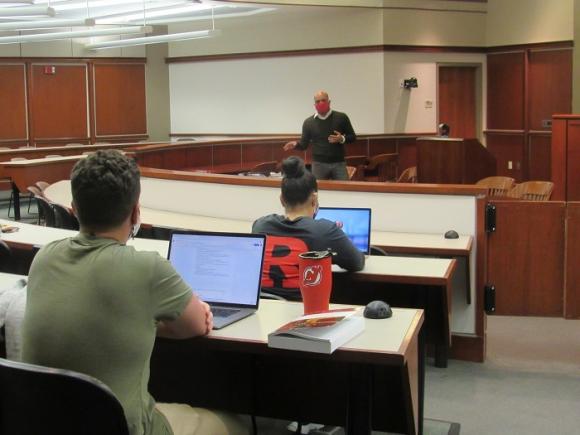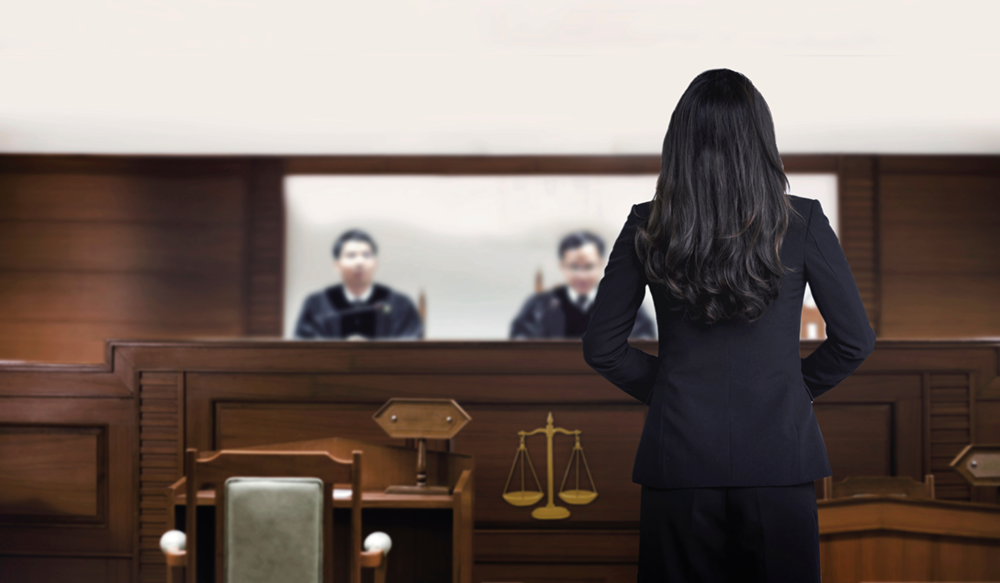Browsing the Complexities of Trial Presentations: Tips for Seamless Delivery and Compelling Arguments
In the realm of lawful procedures, the art of test presentation stands as a critical component of success. As lawyers navigate the detailed internet of court dynamics, the capacity to perfectly supply arguments and proof while mesmerizing the court's interest comes to be vital. The intricacies intrinsic in test discussions call for a fragile equilibrium of skill, skill, and strategy. By sharpening techniques that make sure a polished distribution and crafting compelling arguments that resonate with the target market, legal professionals can considerably improve their advocacy. In a globe where persuasion preponderates, understanding the details of test presentations is not merely an option however a requirement for those looking for to dominate in the court.

Understanding Trial Goals
To properly browse a trial, it is important to have a clear understanding of the goals that need to be attained. Prior to entering the court, legal teams need to define their goals and wanted end results. These objectives offer as leading concepts throughout the trial, forming approaches and affecting decision-making processes.
Understanding test objectives includes a comprehensive evaluation of the situation, lawful criteria, and the customer's benefits. Trial Presentations. It needs a careful evaluation of the facts, determining key problems, and preparing for possible obstacles. By establishing particular and measurable objectives, attorneys can customize their presentations and debates to straighten with the wanted outcomes
Furthermore, a clear grip of trial purposes allows lawful teams to prioritize proof, witnesses, and lawful debates properly. It enables the growth of a meaningful story that resonates with the judge and jury, enhancing the general case discussion.

Organizing Proof Efficiently
Having a clear understanding of trial purposes lays the structure for organizing evidence properly in legal procedures - Trial Presentations. By straightening the discussion of evidence with the desired results of the trial, legal groups can strengthen their arguments and enhance their persuasiveness. One important element of arranging evidence is classification. Organizing evidence based upon themes or importance to certain lawful elements can assist improve the presentation and make intricate details a lot more absorbable for the judge or court.
An additional trick aspect in arranging evidence properly is developing a logical flow. Providing proof in a meaningful and consecutive fashion can assist build an engaging narrative that supports the lawful disagreements being made. Furthermore, using aesthetic help such as charts, graphs, or timelines can better improve the organization of proof and help in clearing up intricate partnerships or sequences of occasions.
Furthermore, making certain that all evidence presented is pertinent and acceptable to the instance is important. Unimportant or inadmissible evidence can interfere with the toughness of the debate and potentially hurt the reliability of the offering party. A careful evaluation and choice process need to be embarked on to include only the most lawfully audio and impactful evidence in the test discussion.
Crafting Persuasive Stories
Crafting engaging narratives plays a pivotal role in providing influential disagreements during lawful proceedings. When constructing a story for a trial discussion, it is essential to establish a clear story that highlights essential factors and links them in a meaningful manner. By weaving with each other proof, statement, and legal arguments into a persuasive and cohesive story, lawful specialists can successfully support for their customers and increase the chance of a favorable result in the court room.
Grasping Visual Help
Effective use visual aids is crucial to boosting the effect and clearness of test discussions. Visual aids, when made use of strategically, have the power to streamline complex details, reinforce vital factors, and leave a lasting impression on the court and court. To master aesthetic help in test presentations, it is critical to ensure that they are clear, concise, and relevant to the arguments being made.
When integrating visual aids, such as graphes, timelines, weblink charts, or pictures, right into a trial presentation, it is necessary to maintain them aesthetically appealing yet specialist. The visuals ought to complement the verbal disagreements, offering an aesthetic representation of the information being talked about without overwhelming the target market with unneeded information.
Furthermore, exercising with the aesthetic aids beforehand is essential to ensure a smooth distribution throughout the trial. Acquainting oneself with the material, shifts, and timings of check out this site each aesthetic aid can aid keep the circulation of the presentation and prevent technical problems that may develop.
Supplying Impactful Closing Disagreements
An engaging closing debate serves as the culmination of a trial presentation, enveloping the core story and encouraging the judge and court towards a favorable decision. Begin by outlining the main arguments that support your customer's position, emphasizing why the evidence offered throughout the trial sustains your narrative.
Moreover, incorporating emotional appeal can better enhance your closing argument. Inevitably, a well-crafted closing debate ought to leave a lasting impression, compelling the judge and jury to rule in your client's support.
Verdict
To conclude, understanding test discussions includes understanding objectives, organizing evidence, crafting narratives, using visual aids, and delivering impactful closing disagreements. By carrying out these strategies properly, attorneys can present their situation perfectly and make engaging debates in the courtroom. It is crucial to navigate the intricacies of trial discussions with precision and skill to accomplish success in lawful process.
By aligning the discussion of evidence with the desired end results of the test, legal teams can reinforce their debates and boost their persuasiveness (Trial Presentations). To master visual help in test discussions, it is vital to make sure that they are clear, succinct, and appropriate to the debates being made
An engaging closing debate serves as the conclusion of a test discussion, enveloping the core narrative and persuading the judge and court towards a desirable choice. Begin by outlining the major disagreements that support your client's position, stressing why the proof provided throughout the trial supports your story.In verdict, grasping trial presentations involves understanding purposes, arranging evidence, crafting webpage stories, making use of visual aids, and delivering impactful closing disagreements.